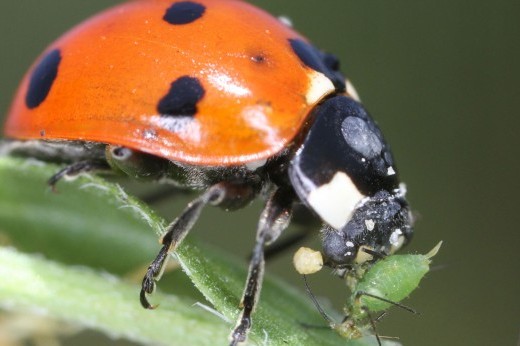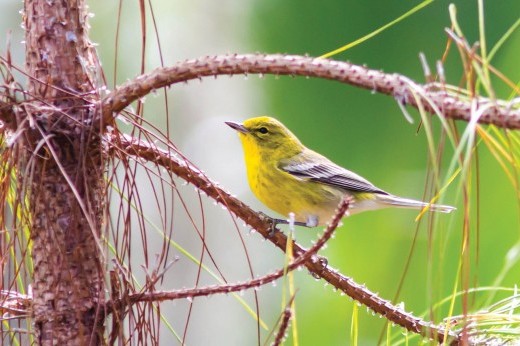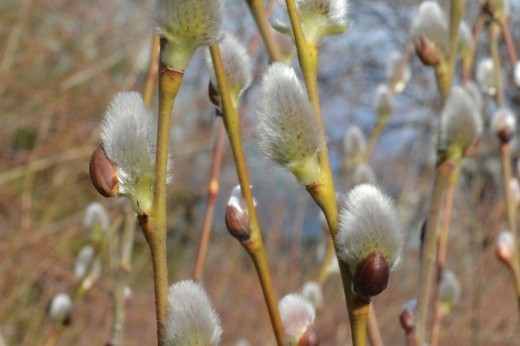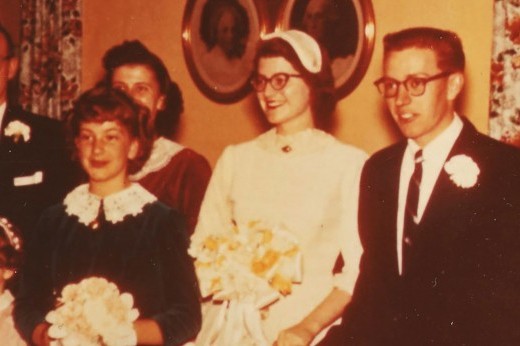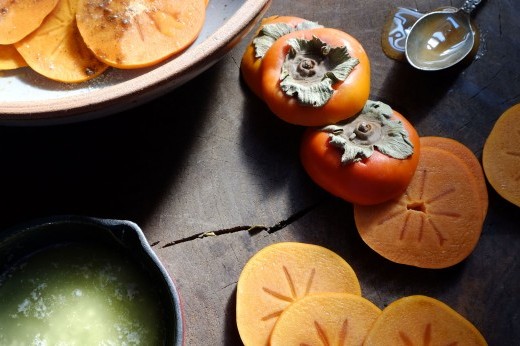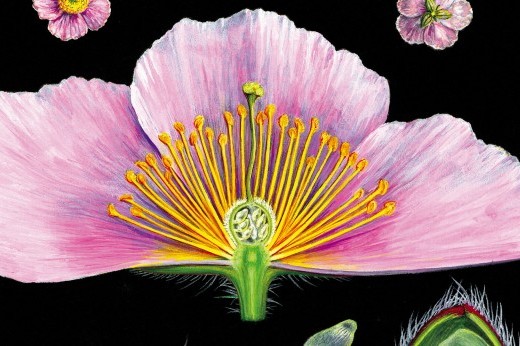Topics
Special Series
All Articles
-
Make Mud Pies Out of Mud Season
Embrace the wet, mucky early spring and encourage your kids to get good and dirty.
By Ashley Gamell -
Use Insects, Not Chemicals, to Fight Pests
Spare the pesticide and enlist ladybugs, parasitic wasps and other beneficial insects to handle pest control in your garden.
By Kim Eierman -
Birds of Brooklyn: Pine Warbler
This bright yellow songbird is one of the first to arrive during spring migration.
By Joe Giunta -
How Did the Cherries, Magnolias, and Other Plants Handle the Snowstorm?
A late winter snowstorm hit after an unusually mild February. How did the Garden's plants handle the stress?
By Sarah Schmidt -
What Are Pussy Willows, Anyway?
These little nubs are an early sign of spring, but what is their botanical role?
By Ashley Gamell -
Fieldwork: Hart’s Tongue Fern
This rare fern grows in cool, shaded limestone ravines. In the face of climate change and habitat loss, Brooklyn Botanic Garden, along with other institutions is working to conserve it in the wild and display it for the public.
By Uli Lorimer -
Making a Midcentury Wedding Bouquet: A Cut-Flower Quest
The author decided to re-create her mother's wedding flowers for an anniversary celebration and learned that the floral industry has changed a lot in 60 years.
By Joni Blackburn -
A Brief History of the Osborne Garden
The semiformal Osborne Garden is the first space visitors pass through upon entering Brooklyn Botanic Garden via the Eastern Parkway entrance. This Italianate garden features an emerald lawn framed by wisteria-draped pergolas.
By BBG Staff -
Eat Local: How to Shop for and Prepare Persimmons
Persimmons are in season now. Learn how to tell when they're ripe, and try this recipe for honey-roasted spiced persimmons on toast.
By Sarah Owens -
Botanical Illustrator Maud Purdy Featured by Google Cultural Institute
The artist's striking botanical illustrations can now be seen as part of the Google Cultural Institute's digital collection, along with a photo gallery and virtual tour of BBG.
By BBG Staff



